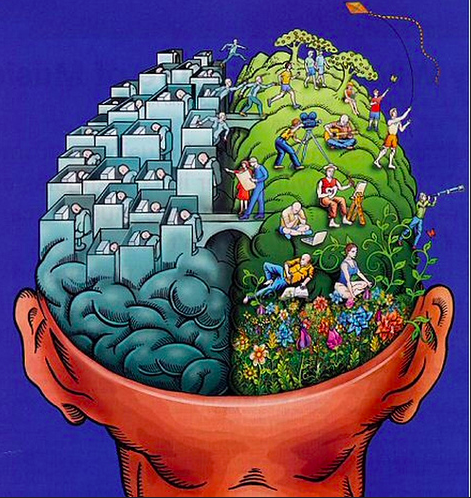First there was intrigued confusion. A group of researchers and business people from various fields chatting away while getting their morning coffees. For the most part they didn’t know the others, but they all knew they shared a professional interest to learn to speak with each other.
This was the start of the first COHU dialogue session. There was a carefully considered plan to get the process going and a clear idea that we – the COHU team – should keep our eyes and ears open. Our tiny research team could barely wait to see what would happen when researchers from social sciences and the humanities were cross-bred with business people. Our goal? To guide them into a fruitful dialogue that would challenge their usual ways of working by bringing about a new model for solving a jointly identified problem.

The round of brief introductions proved these were the right kind of people to take part in this experiment. They had prepared themselves by thinking about their work and background from an outsider’s point of view. We saw storytelling on the history of social sciences and personal journeys capture the room. While researchers introduced themselves, the business people listened with excitement. The tables turned and the business people had a bunch of eager researcher eyes pinned on them, trying to understand what their world was made of.
For a group of people, who share an interest to get university-based knowledge to better use, it seemed natural to go deep in the discussions. They challenged the facilitator, posed conflicting questions to other participants – and claimed their space by answering questions others posed. They offered intriguing options for how to approach a tricky issue. They even dared to joke about their own roles as “humanists” or as “engineers” for instance, which led to sincere laughter around the room numerous times.
A constructive dialogue requires effort, the will to look for a consensus, but also the courage to disagree at times. We believe that a solid knowledge base is necessary for an effective dialogue. In this case it meant unravelling the idea of dialogue and the basic rules of engagement, and tying these to the participants’ realities with concrete examples. At times we saw some participants nodding off and struggling to connect the abstract talk to their work. But just as such moments were unavoidable, we saw a participant stop and question what was being said. These were enough to shake life back into the group. Discussion followed.
After a lively beginning, the COHU dialogue sessions will continue on the 5th of April. In this session we will delve into the questions the businesses have proposed.
Kirsi Pulkkinen
Emmi Holm